Valuing the Environment: Exploring Valuation Techniques and Methods
VerifiedAdded on 2022/09/06
|57
|4466
|16
Report
AI Summary
This report delves into the critical concept of environmental valuation, which involves assigning monetary values to environmental goods, services, and natural resources to inform decision-making regarding their wise use and conservation. It begins by explaining the rationale behind environmental valuation, emphasizing its role in cost-benefit analysis, particularly in scenarios like dam construction, where economic and environmental considerations intersect. The report then categorizes the types of value, differentiating between use values (consumptive and non-consumptive) and non-use values (existence, option, quasi-option, bequest, and vicarious values). Furthermore, it explores various environmental valuation techniques, including market-based methods (direct market prices, market prices of alternatives or substitutes) and non-market valuation methods (indirect methods like the travel cost method and hedonic pricing, and direct methods like contingent valuation). The report provides detailed explanations of each method, their applications, advantages, and limitations, with examples and case studies to illustrate the concepts. Finally, the report discusses the hedonic pricing method, explaining its application in valuing environmental attributes like clean air, and its use in statistical analysis to determine the implicit price of such attributes.
1 out of 57
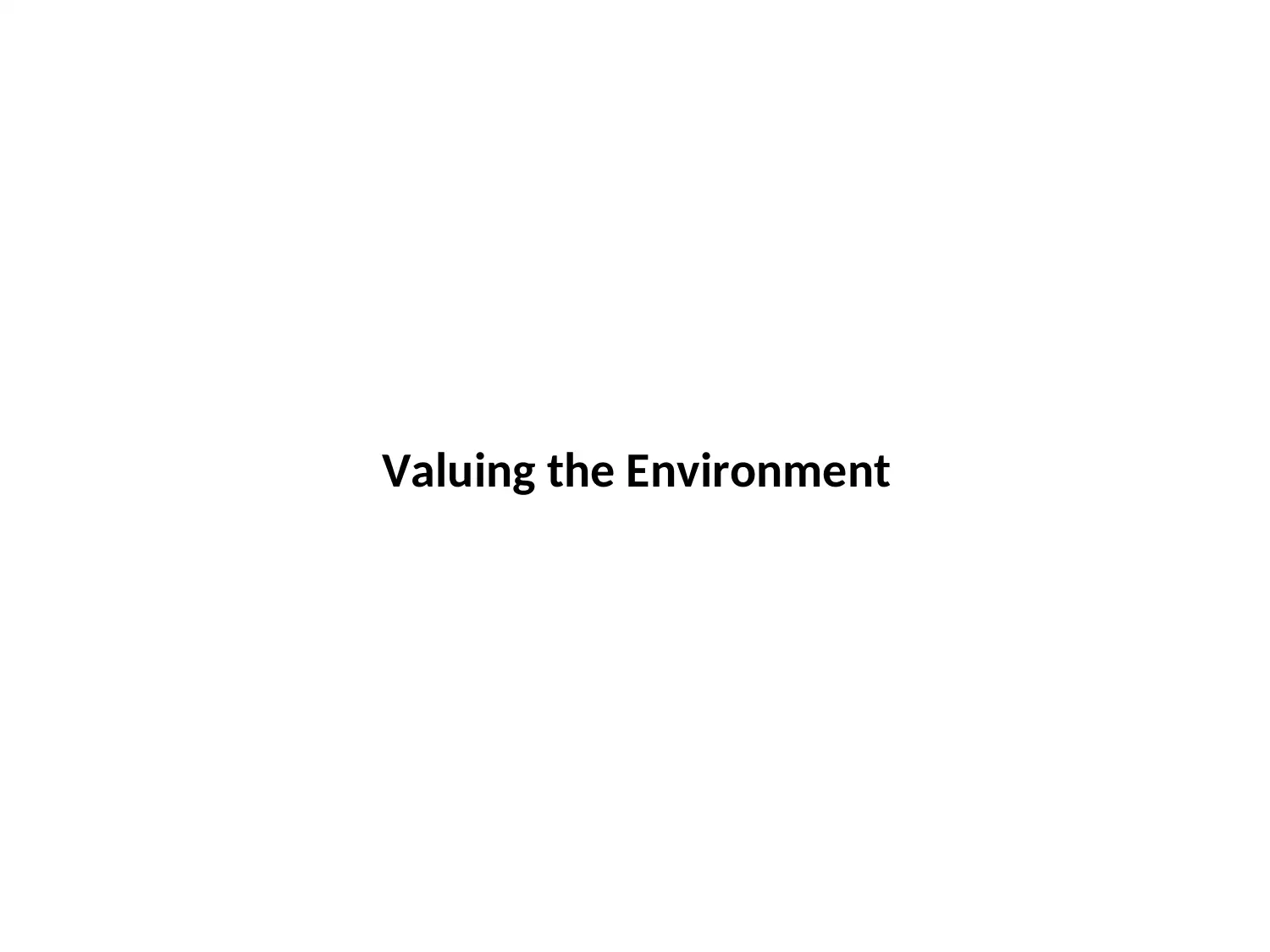
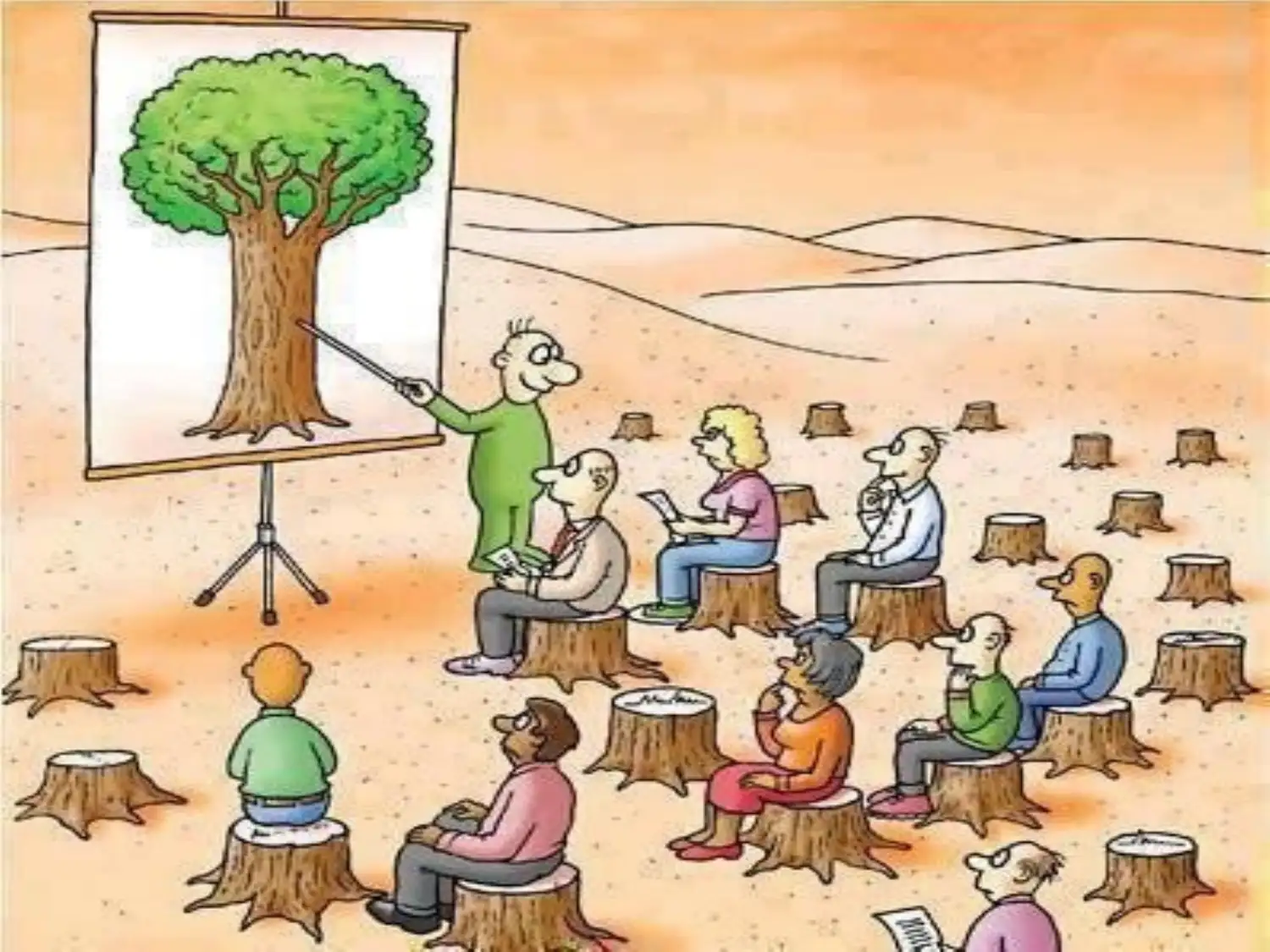
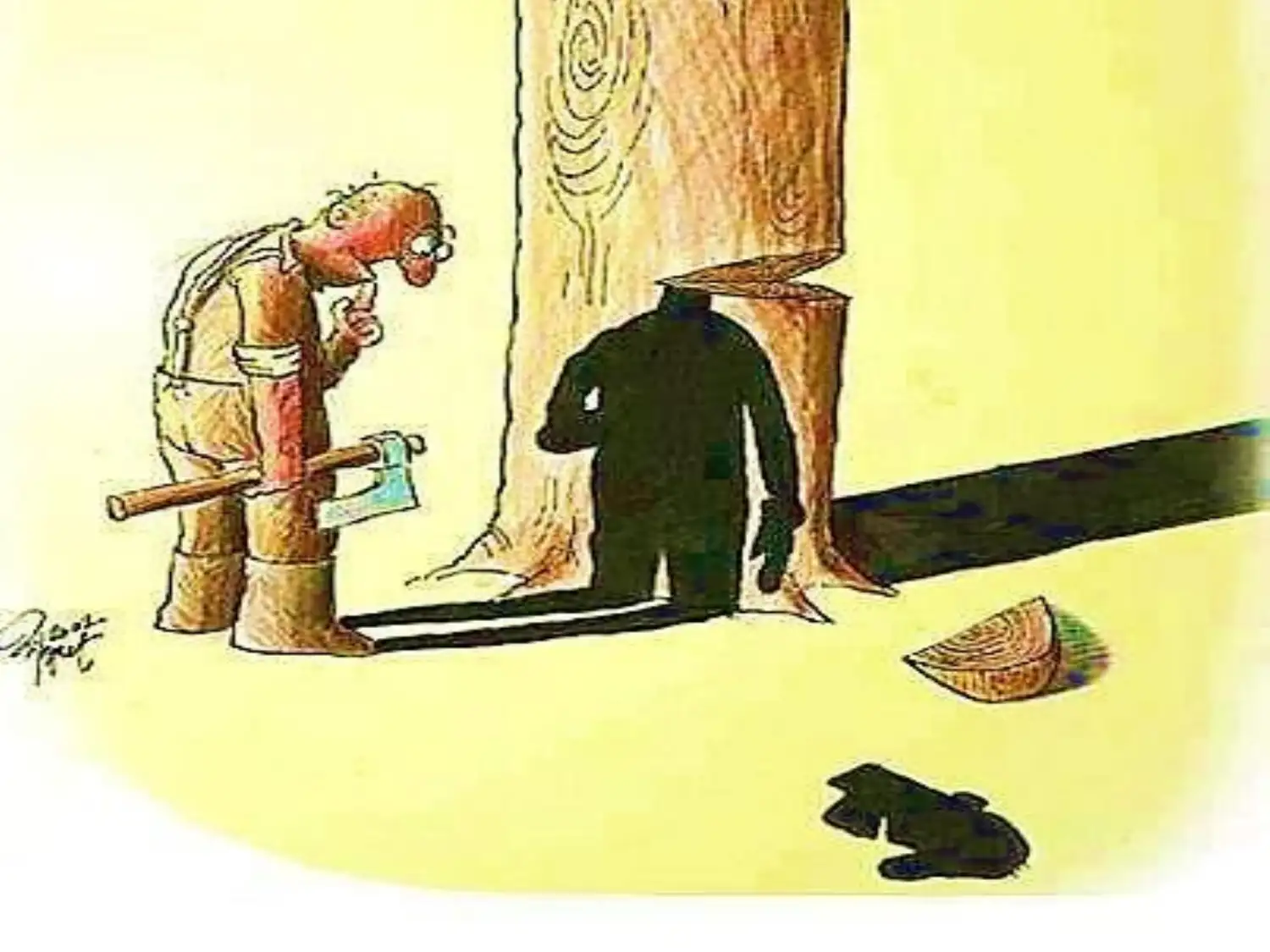

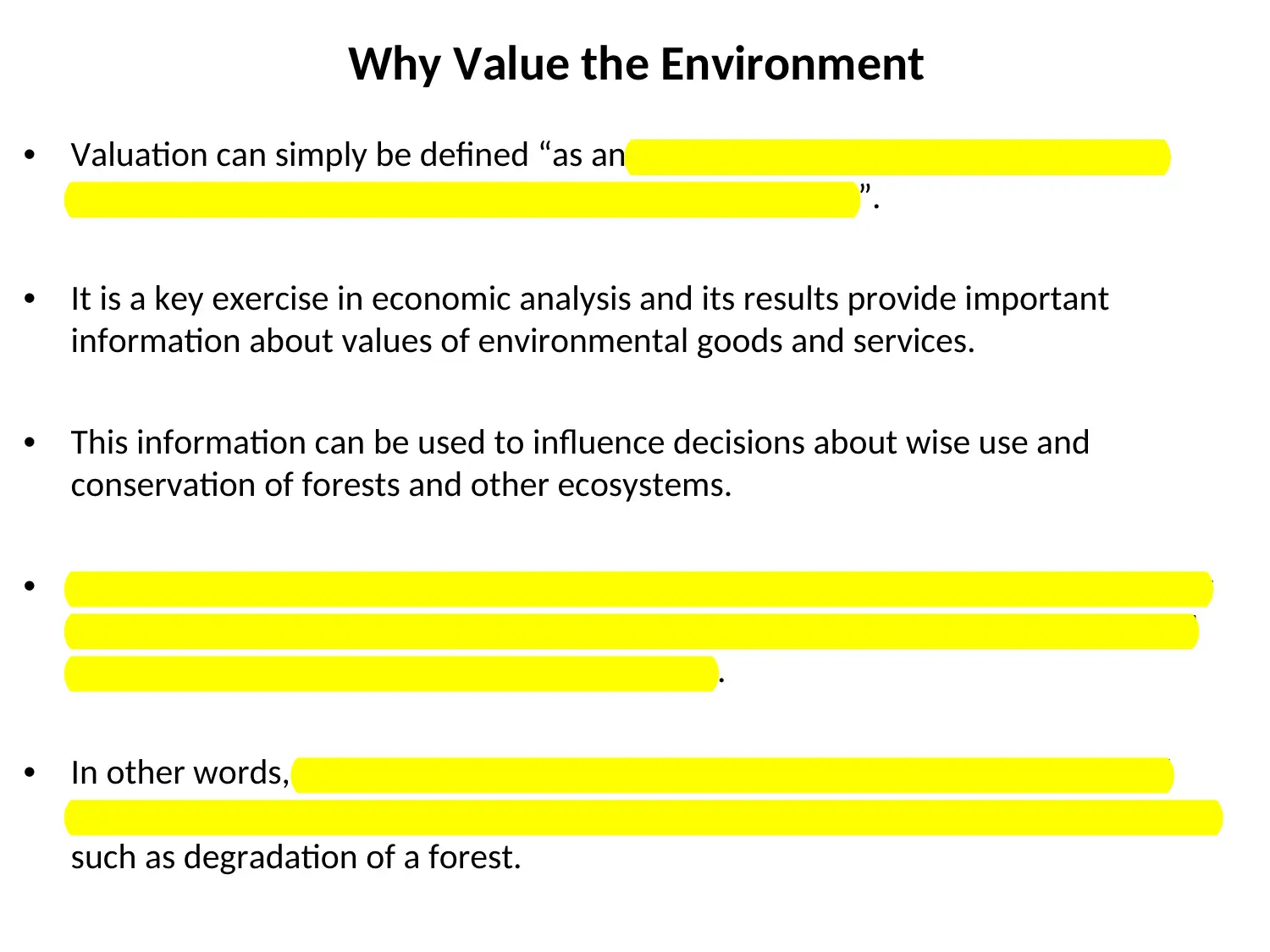
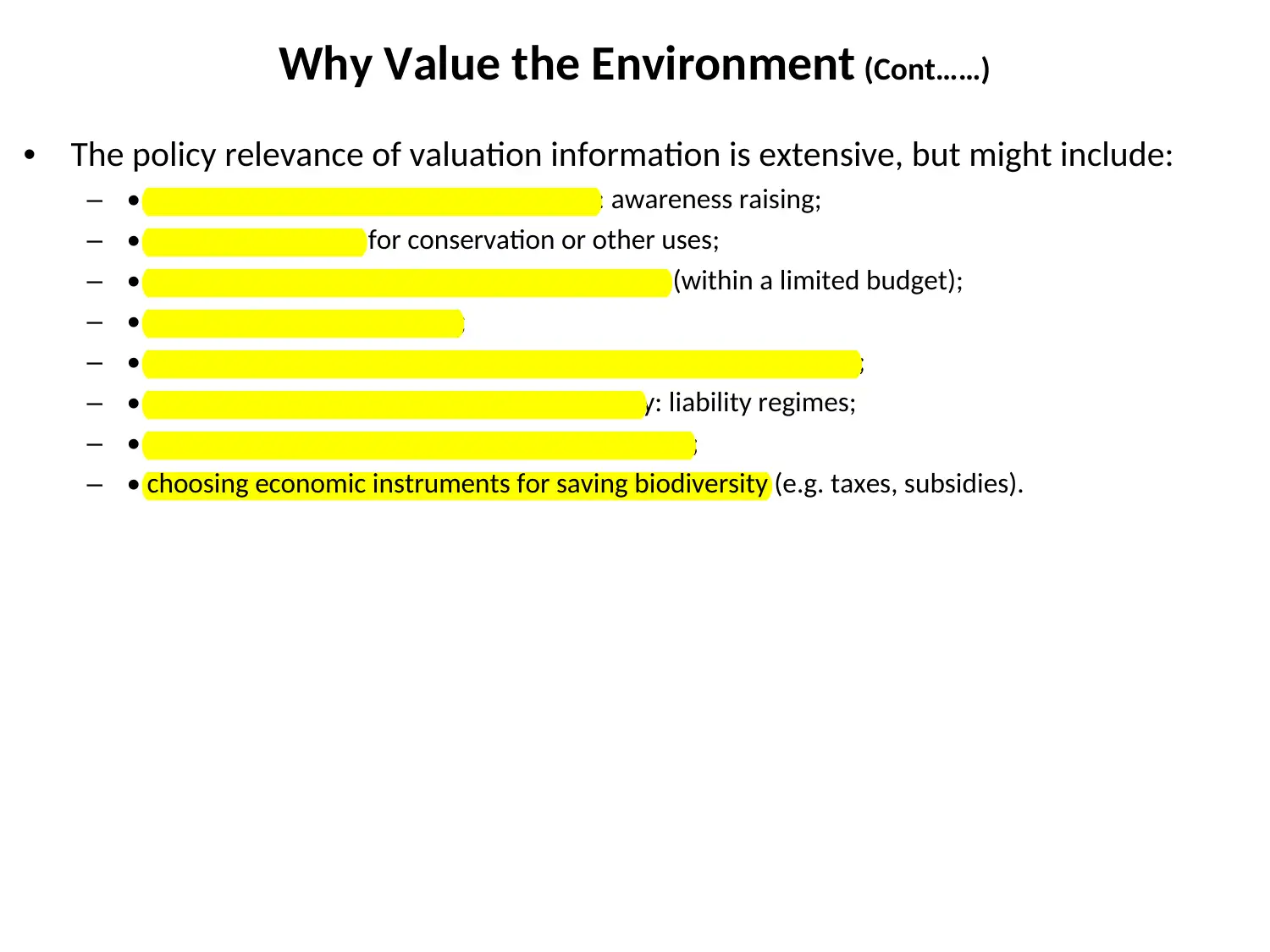
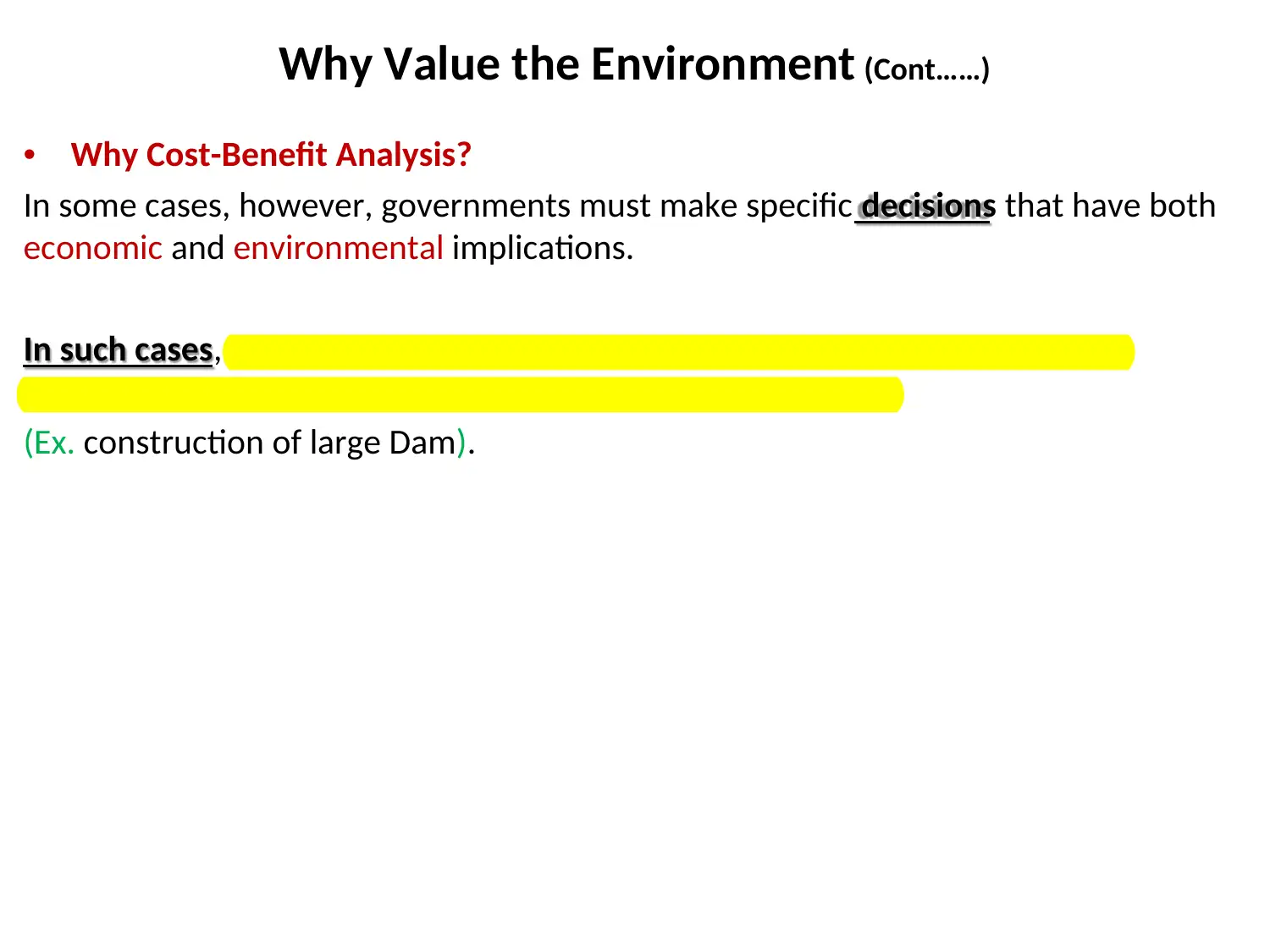
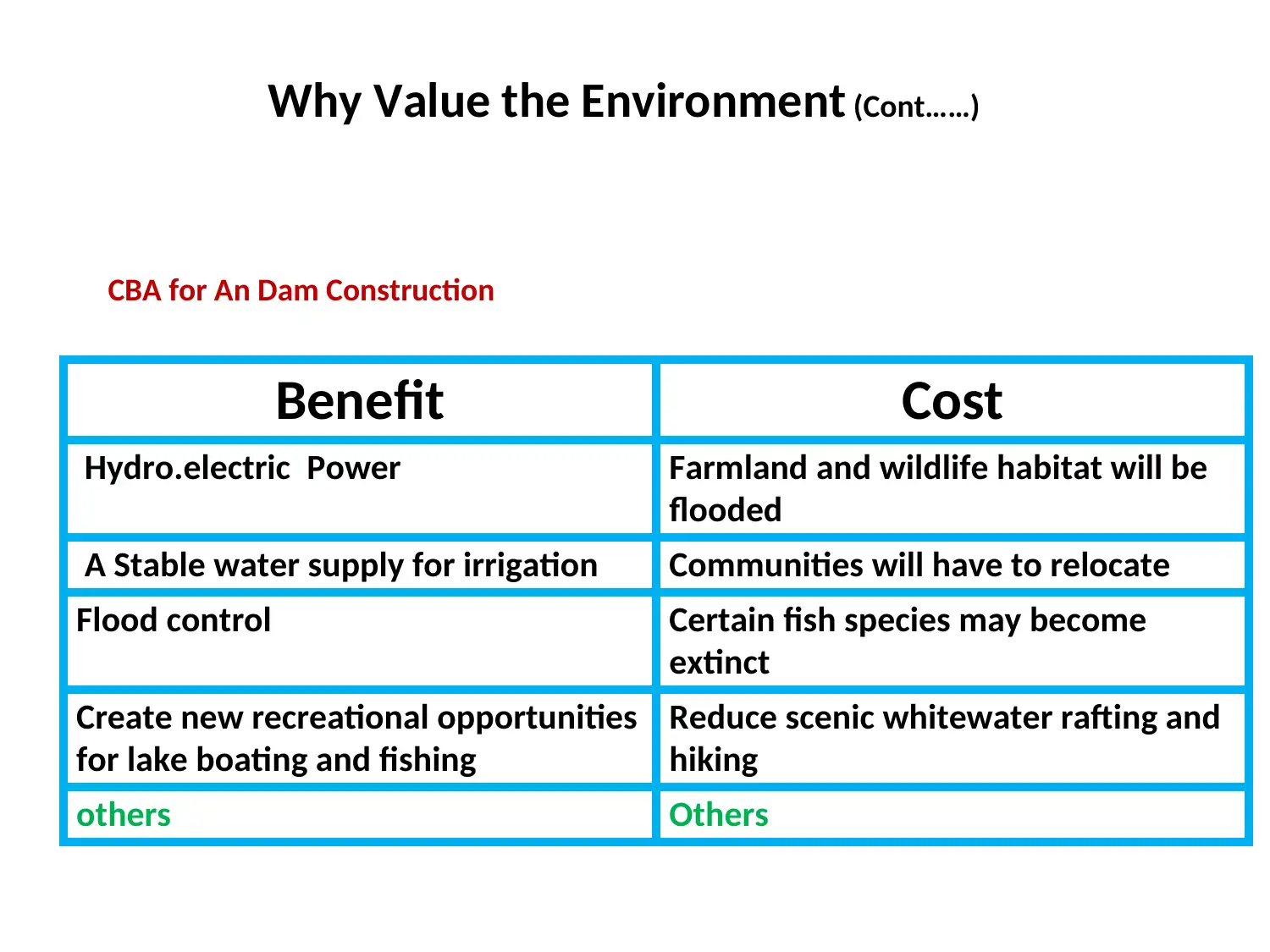
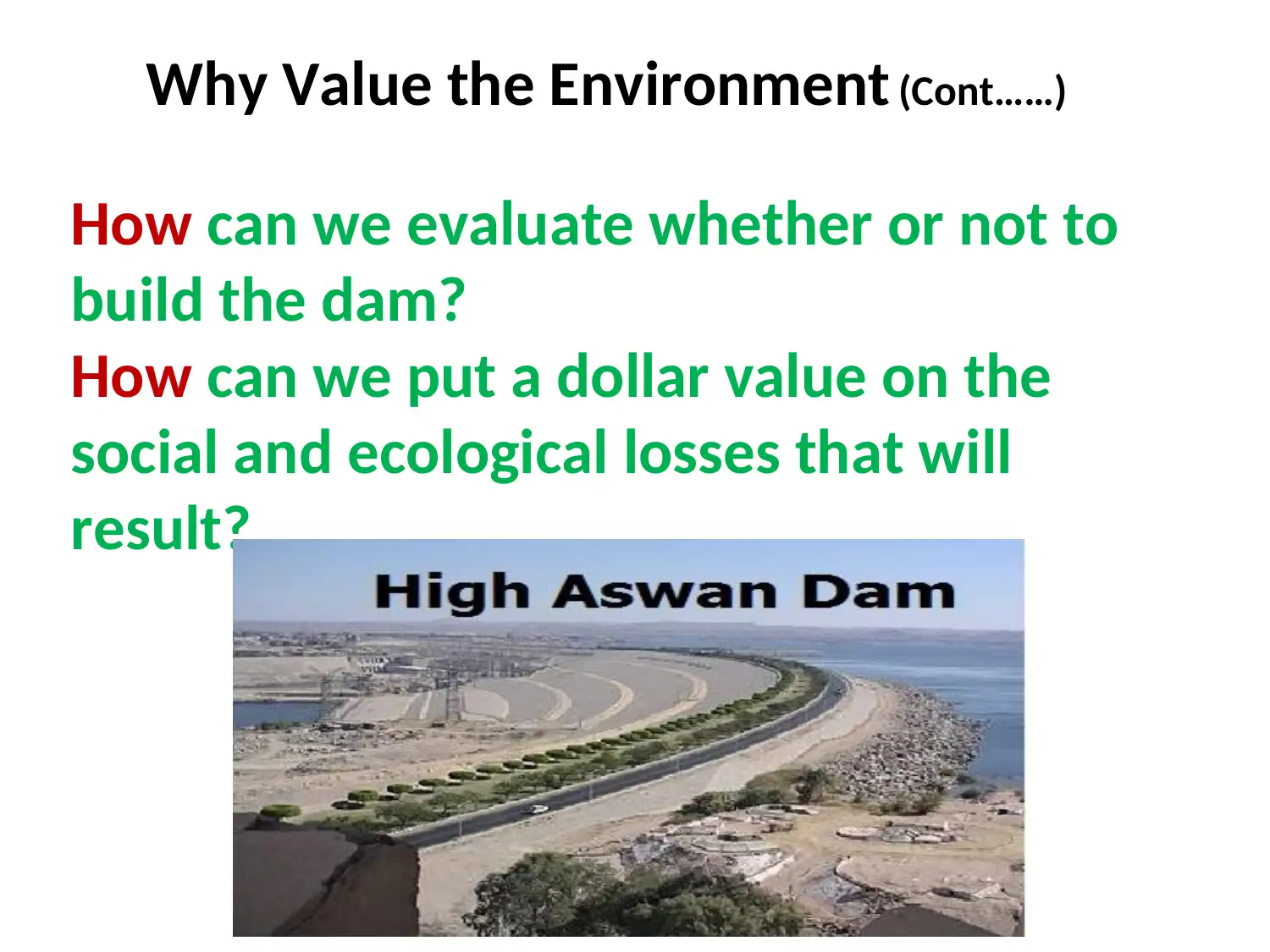
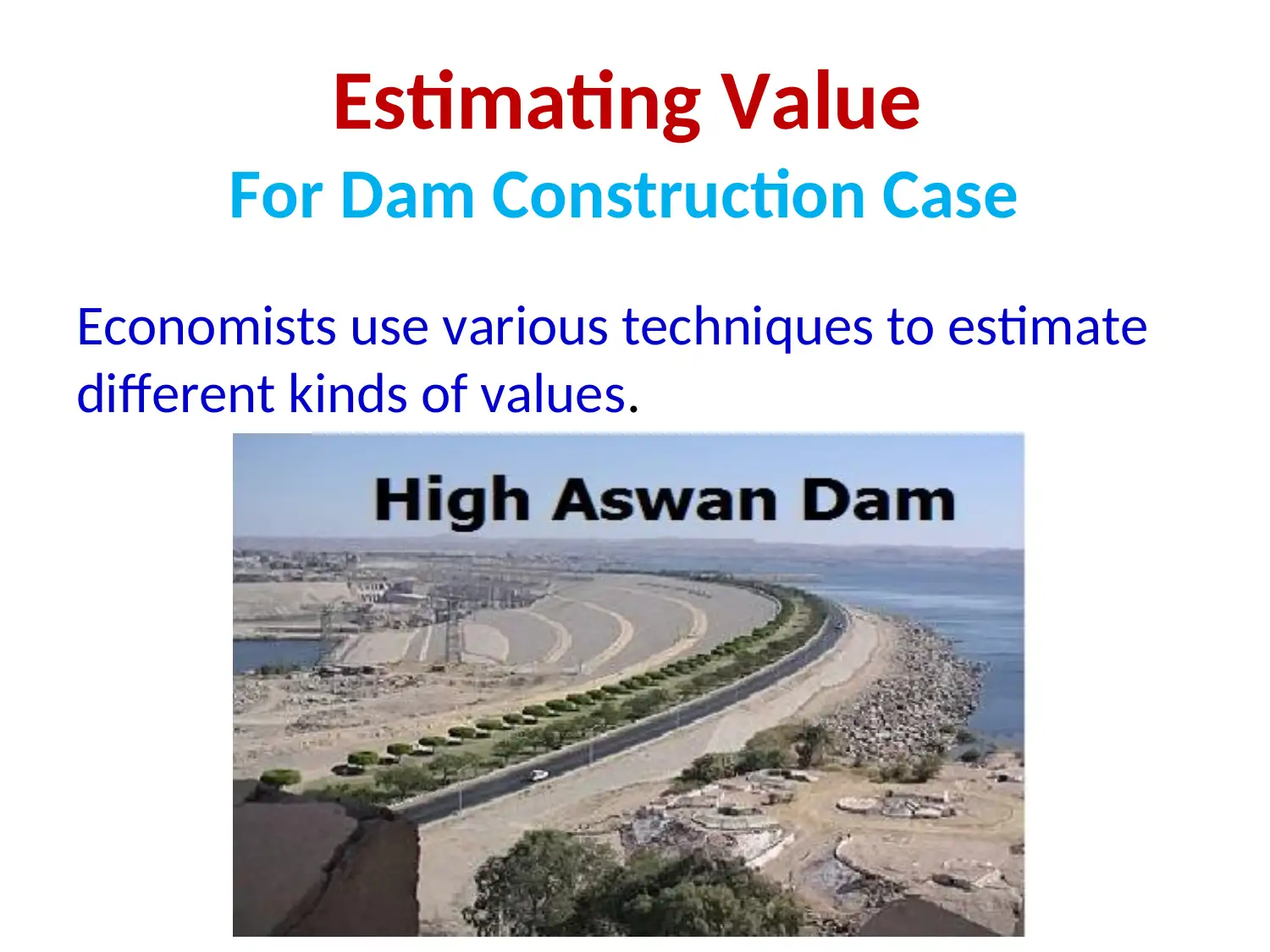
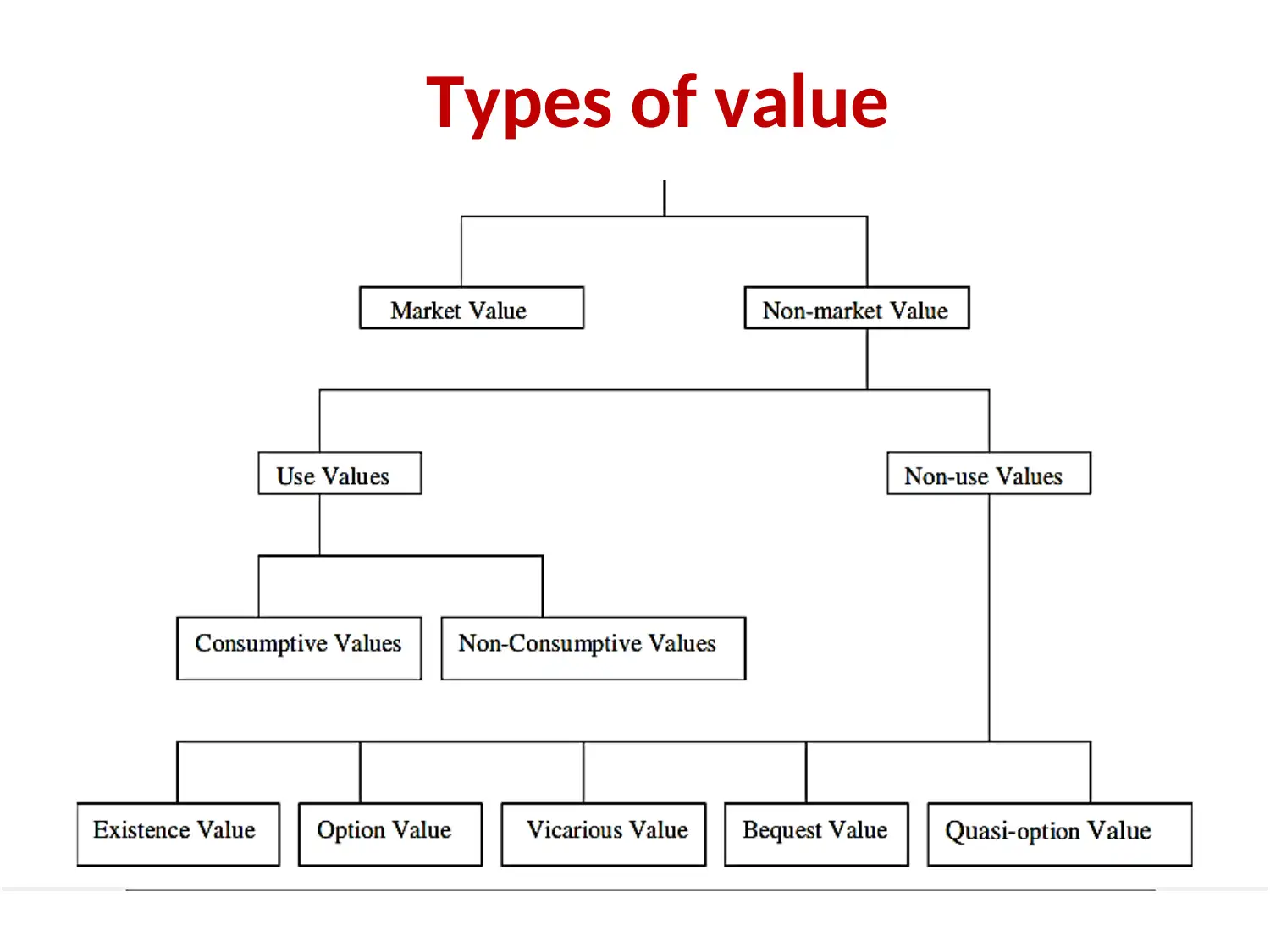
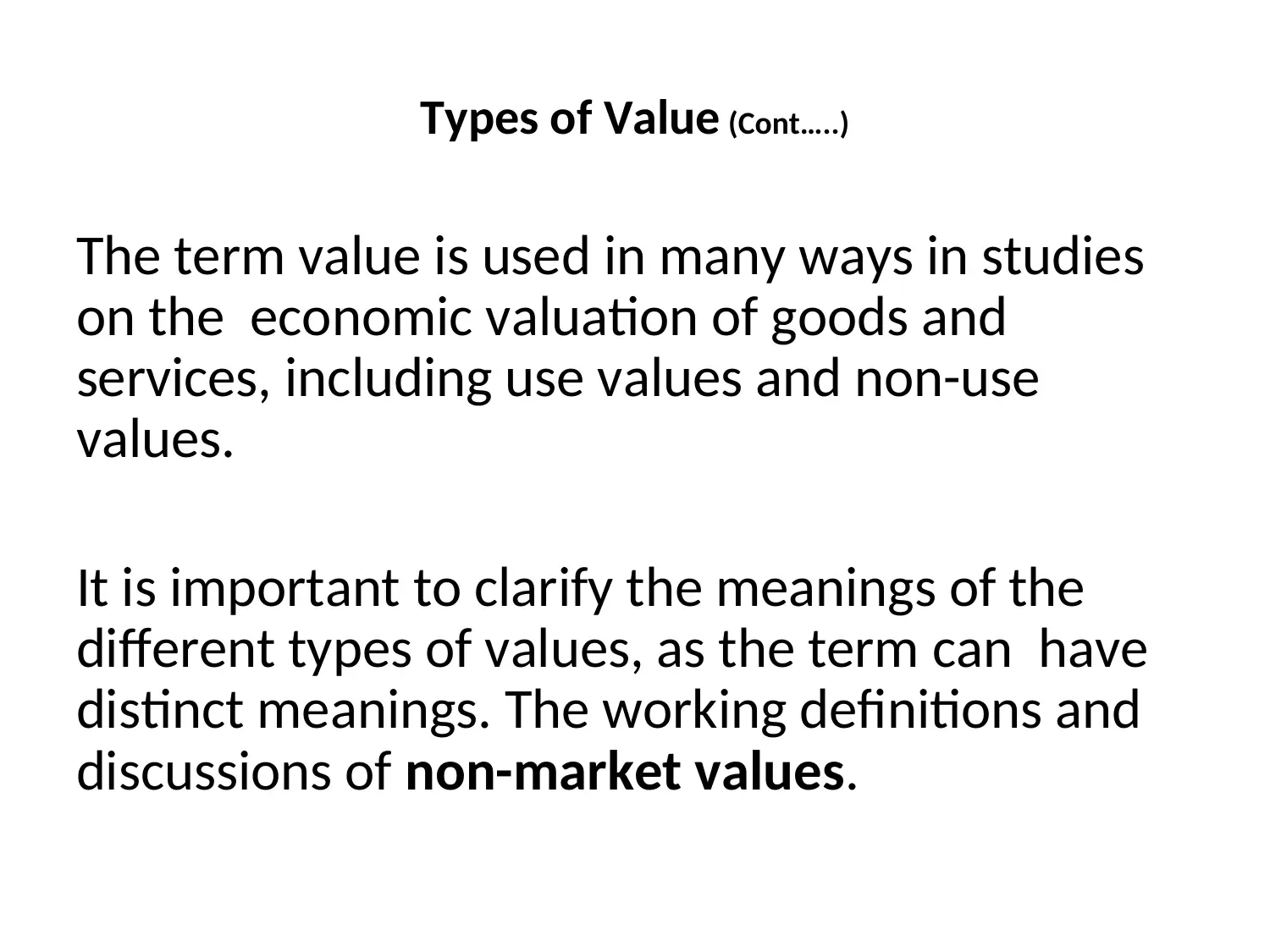
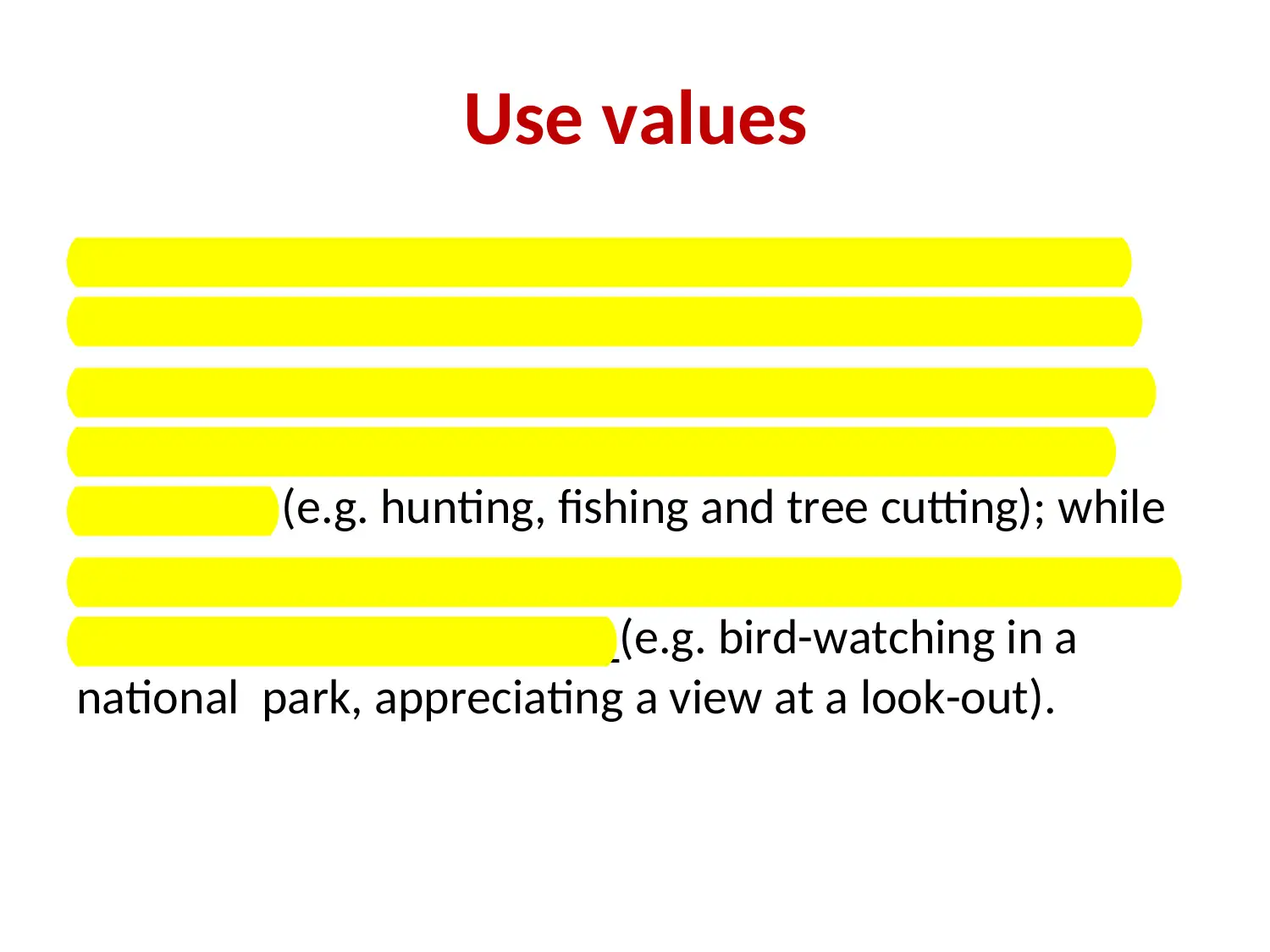




![[object Object]](/_next/static/media/star-bottom.7253800d.svg)